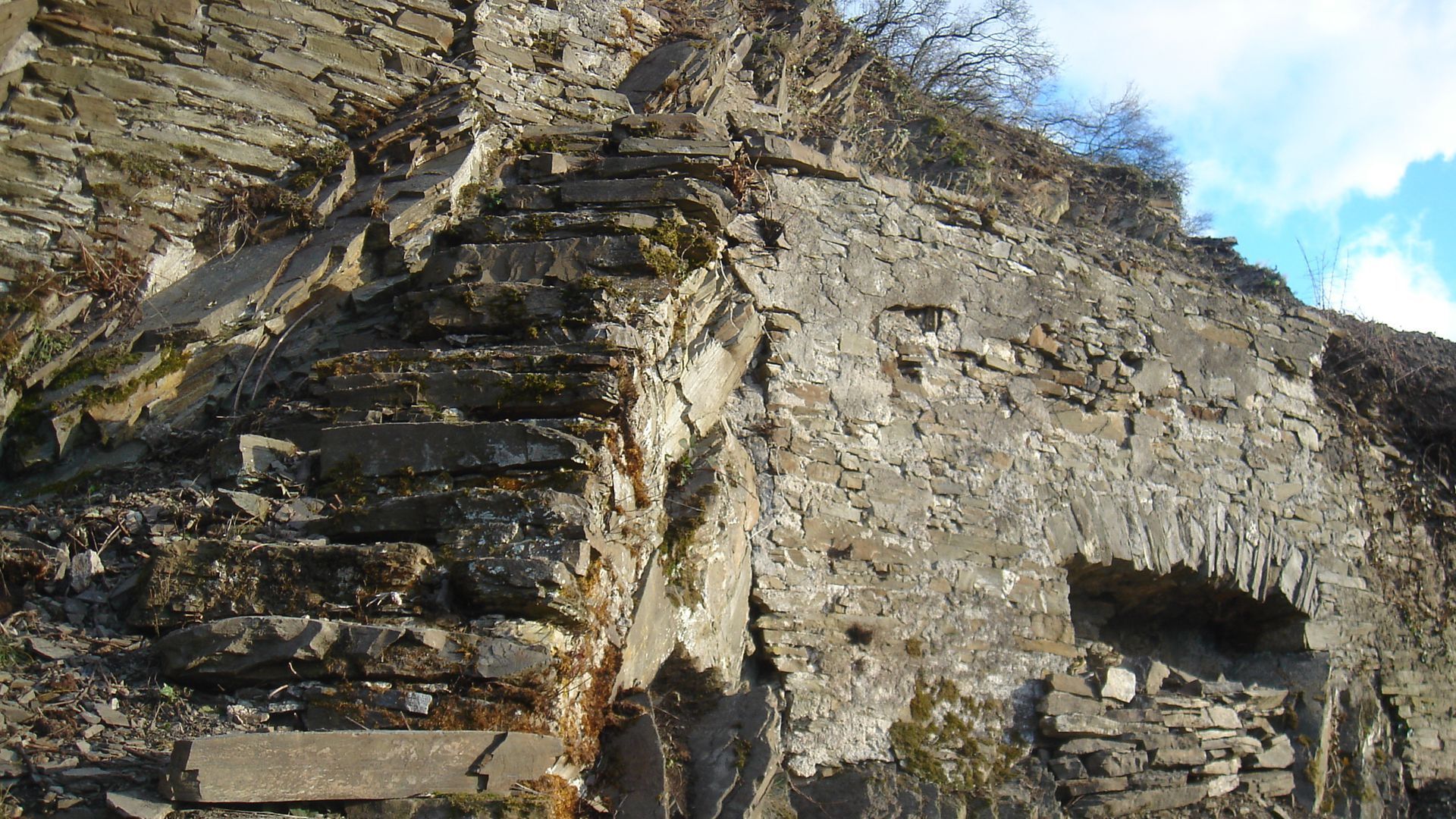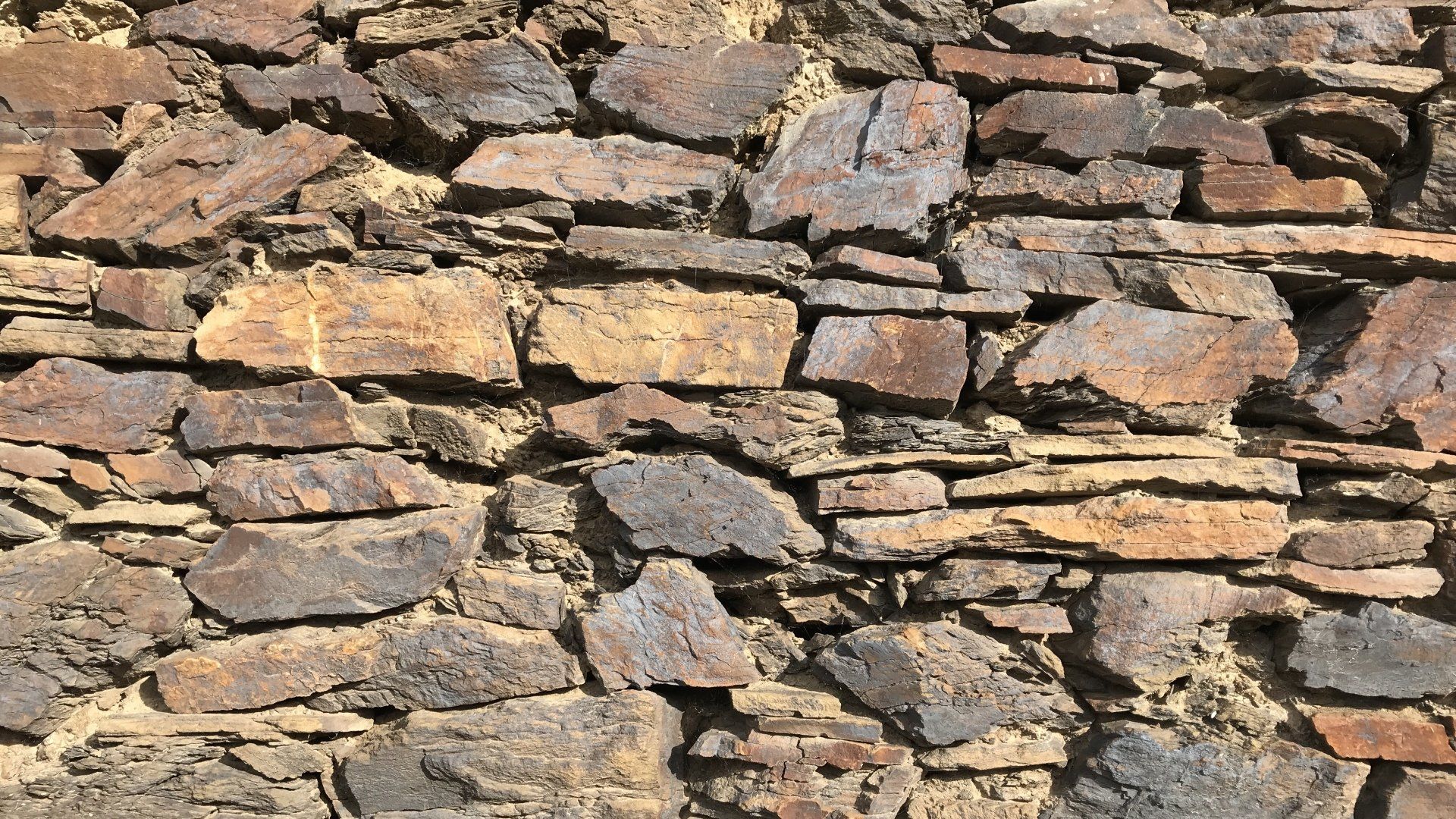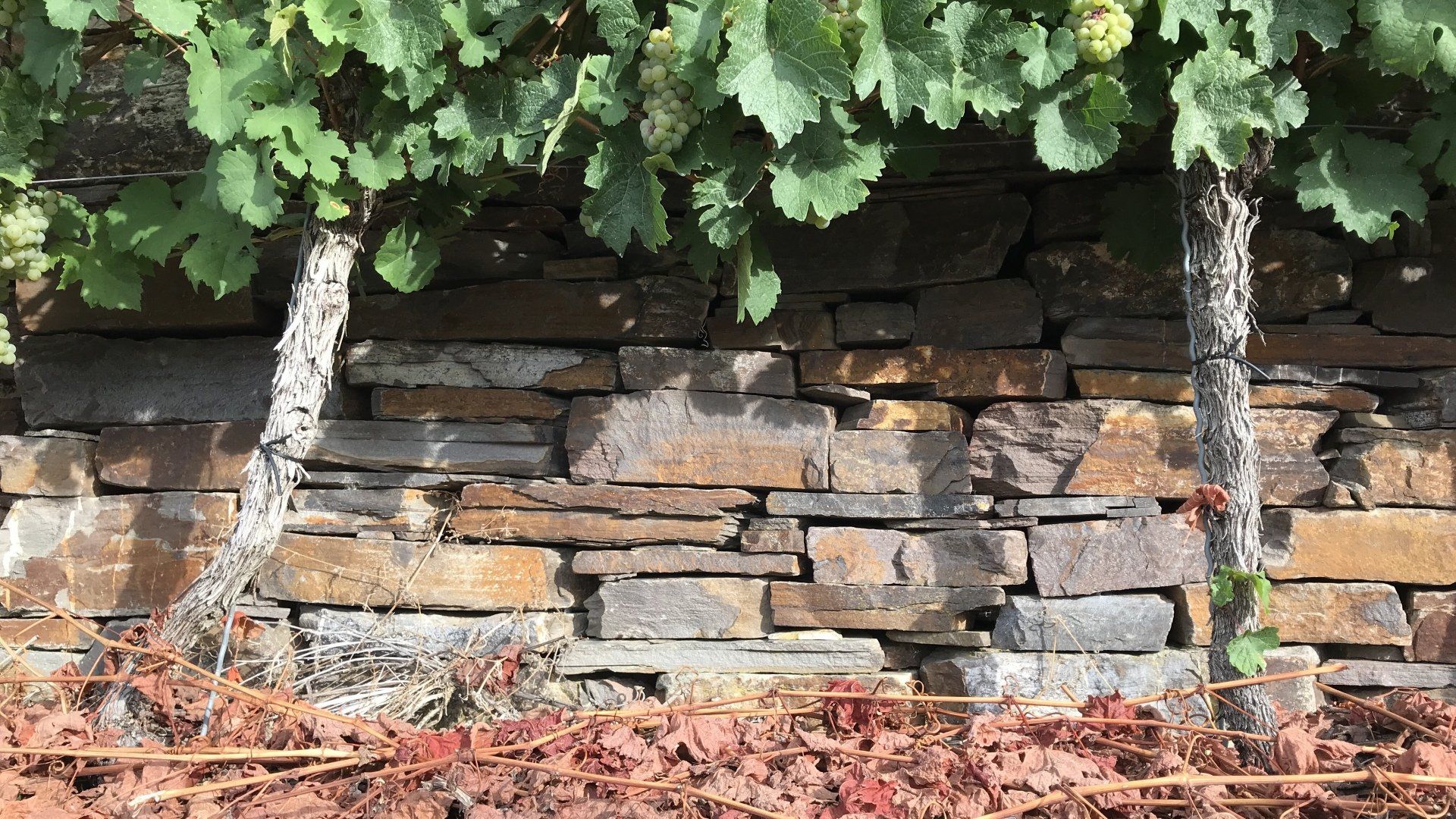Weren't there any wooden blocks at home? Didn't they ever play with Lego in kindergarten? Where is a feeling for statics? Where is there a sense of aesthetics? Quarry stones thrown lovelessly on top of one another, firmly mortared concrete blocks, cast concrete walls ... The sight of many vineyard walls hurts. It's terrible how a cultural landscape dearart

Image title
Untertitel hier einfügenButton
Image title
Untertitel hier einfügenButton
Image title
Untertitel hier einfügenButton
Image title
Untertitel hier einfügenButton
Image title
Untertitel hier einfügenButton
Image title
Untertitel hier einfügenButton
Image title
Untertitel hier einfügenButton
Image title
Untertitel hier einfügenButton
Image title
Untertitel hier einfügenButton
Image title
Untertitel hier einfügenButton
Image title
Untertitel hier einfügenButton
Image title
Untertitel hier einfügenButton
Image title
Untertitel hier einfügenButton
Image title
Untertitel hier einfügenButton
Image title
Untertitel hier einfügenButton
Image title
Untertitel hier einfügenButton
Image title
Untertitel hier einfügenButton
Dry stone walls
the simple thing that is so difficult to do


verschandelt wird und das Amt für Denkmakschutz (ja, unsere Mauern stehen tatsächlich unter Denkmalschutz!) nicht hinsehen will. Gerade mal 0,5 Prozent der deutschen Weinberge sind noch traditionell terrassiert. Und da sollte es doch gerade bei wachsendem Bewusstsein für Ökologie und Nachhaltigkeit und von mir aus auch romantisierender Heimat möglich sein, dass...
Scolded enough. There are also many beautiful walls. And there are people involved in ministries and authorities who stand up for the vineyard walls. Traditionally, they are put on dry without the use of mortar. This has the great advantage that the water on the mountain side can drain away and that lizards, smooth snakes & Co have an optimal habitat. But dry construction is also a decisive advantage for the durability of the wall itself. Mortar weathers faster than stone. The wall should therefore have problems after just 100 years. When stone is laid on stone, in such a way that small stones are placed under it until nothing wobbles, the lifespan of a wall correlates with the hardness of the slate. With very soft slates, the half-life is around 200 years, with harder stones it is more than double. Of course, only if there is no major landslide and if the essential rules are adhered to when laying the wall itself: No vertical joints, no horizontal joints longer than 80 cm and an incline towards the mountain of approx. 3 °. The beautiful side of the stone, the face, points to the front and is laid in such a way that, if not broken at right angles, the upper edge protrudes further than the lower edge.
Parallel to the wall, the so-called back wall grows from smaller and less beautiful stones. It is essential for the statics, as compactness and weight are important for this type of wall. In order to connect the two walls with each other, a so-called bolt must be laid from time to time. A narrow, long steep that points towards the mountain.
It's actually quite simple. But it has been a while before a deeper relationship develops between the bricklayer and the stone. Where and how hard do I have to hit with my hammer so that the disturbing corner breaks off and the whole stone is not smashed? And with what look does the stone have to smile at me so that it fits exactly into the intended gap?
Steine und Maurer. Weinbergsmauern erzählen die Geschichte einer Beziehung.
How do I put the stones? How often do I alternate with large and small stones? Which joint pattern, which pattern emerges? By chance?
Depending on the stone and the character of the bricklayer, very neat and very wild walls are created. Some are very accurate, as many small, fearful stones, make imaginatively patterned and with large, daring arcs.
Our vineyard walls are beautiful.
From a different perspective:
Fits to:
Terraces> dry stone walls
Dry stone walls
the simple thing that is so difficult to do

Weren't there any wooden blocks at home? Didn't they ever play with Lego in kindergarten? Where is a feeling for statics? Where is there a sense of aesthetics? Quarry stones thrown lovelessly on top of one another, firmly mortared concrete blocks, cast concrete walls ... The sight of many vineyard walls hurts. It's terrible how a cultural landscape dearart

verschandelt wird und das Amt für Denkmakschutz (ja, unsere Mauern stehen tatsächlich unter Denkmalschutz!) nicht hinsehen will. Gerade mal 0,5 Prozent der deutschen Weinberge sind noch traditionell terrassiert. Und da sollte es doch gerade bei wachsendem Bewusstsein für Ökologie und Nachhaltigkeit und von mir aus auch romantisierender Heimat möglich sein, dass...
Genug geschimpft. Es gibt auch sehr viele wunderschöne Mauern. Und es gibt in Ministerien und Behörden engagierte Menschen, die sich für die Weinbergsmauern stark machen. Traditionell sind sie trocken, ohne Verwendung von Mörtel, aufgesetzt. Das hat den großen Vorteil, dass bergseitiges Wasser abfließen kann und dass Eidechsen, Schlingnattern & Co einen optimalen Lebensraum haben. Aber auch für die Haltbarkeit der Mauer selbst ist die Trockenbauweise von entscheidendem Vorteil. Mörtel verwittert schneller als Stein. Schon nach 100 Jahren sollte die Mauer daher Probleme bekommen. Wenn Stein auf Stein gelegt wird, und zwar so, dass mit kleinen Steinen so lange unterlegt wird, bis nichts mehr wackelt, korreliert die Lebensdauer einer Mauern mit der Härte des Schiefers. Bei sehr weichen Schiefern beträgt die Halbwertzeit ca. 200 Jahre, bei härteren Steinen mehr als das Doppelte. Natürlich nur, wenn kein größerer Bergrutsch entsteht und wenn beim Mauern selbst die essentiellen Regeln eingehalten werden: Keine senkrechten Fugen, keine waagerechten Fugen, die länger sind als 80 cm und eine Neigung gegen den Berg von ca. 3°. Die schöne Seite des Steins, das Gesicht, zeigt nach vorne und ist so verlegt, dass, falls nicht rechtwinklig gebrochen, die obere Kante weiter vorsteht, als die untere Kante.
Parallel to the wall, the so-called back wall grows from smaller and less beautiful stones. It is essential for the statics, as compactness and weight are important for this type of wall. In order to connect the two walls with each other, a so-called bolt must be laid from time to time. A narrow, long steep that points towards the mountain.
It's actually quite simple. But it has been a while before a deeper relationship develops between the bricklayer and the stone. Where and how hard do I have to hit with my hammer so that the disturbing corner breaks off and the whole stone is not smashed? And with what look does the stone have to smile at me so that it fits exactly into the intended gap?
Stones and masons. Vineyard walls tell the story of a relationship.
How do I put the stones? How often do I alternate with large and small stones? Which joint pattern, which pattern emerges? By chance?
Depending on the stone and the character of the bricklayer, very neat and very wild walls are created. Some are very accurate, as many small, fearful stones, make imaginatively patterned and with large, daring arcs.
They are beautiful, the walls of our vineyards.
From a different perspective:
Fits to:
Delicate feminism
Video with Kathrin Höhler










